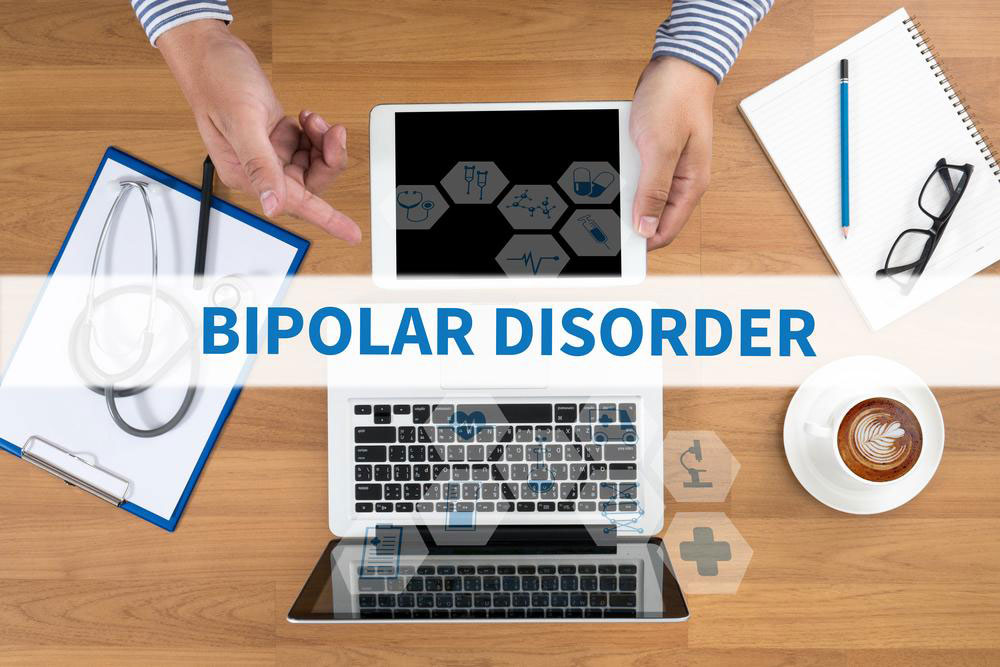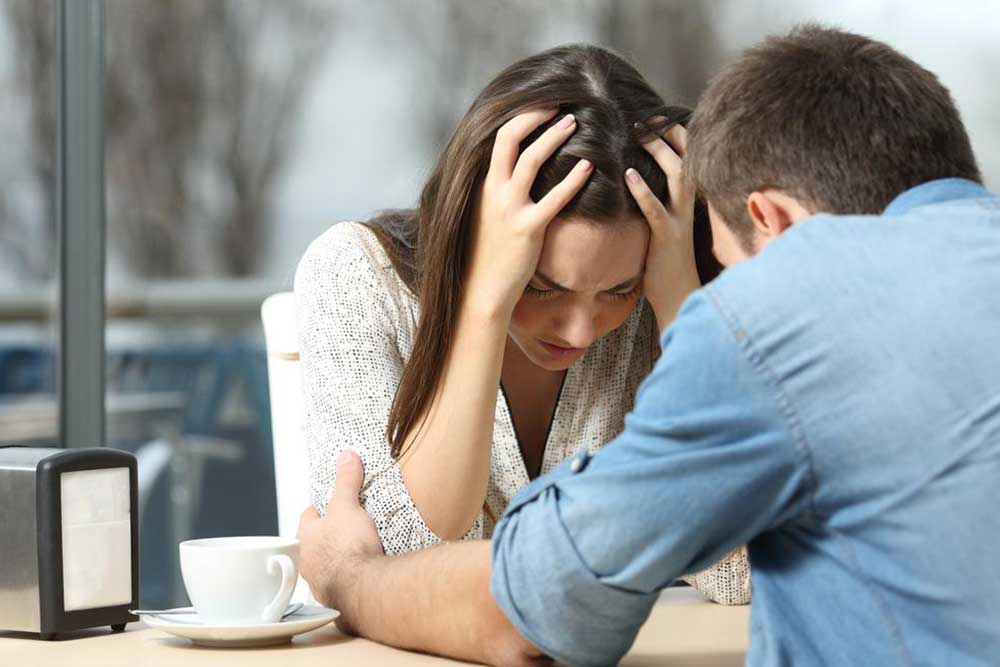Comprehensive Guide to Bipolar Disorder: Recognizing Symptoms, Diagnosing, and Effective Management Strategies
This comprehensive article explores bipolar disorder, detailing its symptoms, diagnosis, and management options. It emphasizes the importance of early detection, understanding different bipolar types, and outlines effective treatment strategies. By increasing awareness and seeking timely medical support, individuals affected by bipolar disorder can significantly improve their quality of life and stability. The article aims to inform readers about the condition's complexity and the hope offered through modern mental health care, encouraging proactive management and ongoing support.

Comprehensive Guide to Bipolar Disorder: Recognizing Symptoms, Diagnosing, and Effective Management Strategies
Bipolar disorder, a complex and often misunderstood mental health condition, profoundly impacts an individual's emotional state, thought processes, and behaviors. Also referred to as manic-depressive illness, this condition exhibits a broad spectrum of symptoms that can vary significantly from person to person. Early detection can be challenging because the symptoms are sometimes subtle or mistaken for normal mood fluctuations, making awareness and understanding vital for timely diagnosis and intervention. The disorder can interfere with daily functioning, relationships, career performance, and overall quality of life. In its most severe form, bipolar disorder can lead to dangerous behaviors and suicidal thoughts, underscoring the importance of early recognition and professional treatment.
Key signs and symptoms include:
- Extreme mood swings that range from high-energy periods to deep depression
- Irregular sleep patterns, including insomnia or hypersomnia
- Sudden bursts of increased activity or, conversely, marked fatigue and lethargy
- Feelings of worthlessness, irritability, or agitation
- Loss of interest or pleasure in normally enjoyed activities
- Difficulties in concentration and decision-making
- Impulsive behaviors and risky activities
Bipolar disorder is classified primarily into two types: Bipolar I and Bipolar II. These classifications are based on the severity and duration of mood episodes. Bipolar I typically involves manic episodes that last at least seven days or are severe enough to require hospitalization, often accompanied by depressive episodes. Bipolar II is characterized by hypomanic episodes, which are less intense but still disruptive, combined with depressive episodes. Occasionally, episodes may last hours or days, but in rare cases, symptoms may persist for extended periods, even years.
The onset of bipolar disorder typically occurs around age 25, although signs can sometimes appear during childhood or later in adulthood. Mild symptoms such as irritability or minor depressive feelings may be present early on, but persistent or severe symptoms warrant professional diagnosis. It's also vital to distinguish bipolar disorder from other mental health or physical conditions, including anxiety disorders, thyroid problems, diabetes, or substance abuse, as these can mimic or coexist with bipolar symptoms.
Effective management strategies
While there is currently no cure for bipolar disorder, a combination of medication, therapy, and lifestyle adjustments can help individuals live stable and productive lives. A personalized treatment plan often includes mood stabilizers such as lithium, antipsychotic medications, or antidepressants, depending on the patient's needs. Psychotherapy, including cognitive-behavioral therapy (CBT) and psychoeducation, can provide essential coping skills, help monitor symptoms, and prevent relapses. In addition, engaging in regular physical activity, maintaining a consistent sleep schedule, and avoiding substance abuse are crucial in managing mood swings.
Building a strong support network of family, friends, and mental health professionals can significantly improve treatment outcomes. Early diagnosis and ongoing treatment are vital, as they enable individuals to recognize and respond to warning signs promptly. Many patients find relief through comprehensive treatment approaches, which promote stability, improve quality of life, and reduce the risk of crisis situations. Overall, with proper care and management, individuals with bipolar disorder can lead fulfilling, balanced lives.





